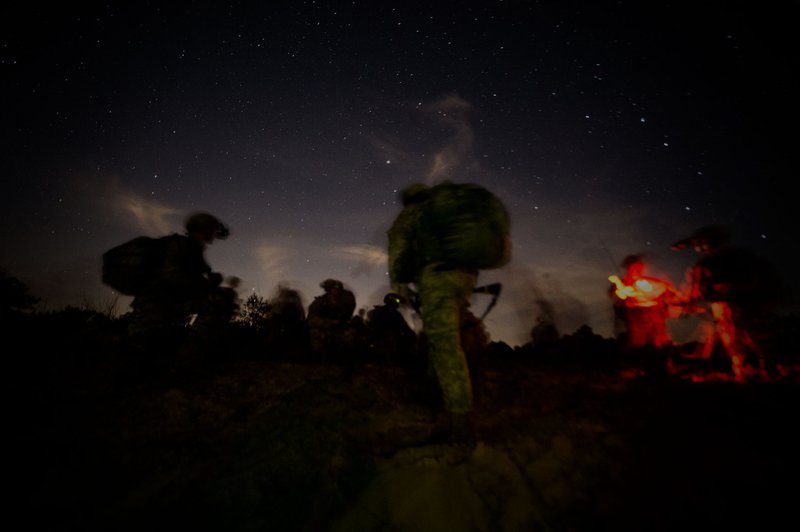
Dec. 31, 2019
Alex Stark co-authored an op-ed for CSIS's Bad Ideas in National Security series arguing that the era of small wars is not over.
We have had this debate before. During the 1990s, the Clinton administration’s embrace of humanitarian interventionism spurred a backlash from those who argued the new peacekeeping and stability missions were eroding the military’s ability to conduct conventional operations. On the campaign trail, George W. Bush pledged to withdraw U.S. troops from Haiti and the Balkans and advanced the argument that the United States’ interventions abroad were symptomatic of a dangerous strategic drift that weakened the United States’ ability to maintain conventional strengths. Then came the 9/11 terrorist attacks, which brutally revealed the power of a new generation of irregular threats and the costs of the United States’ failure to generate tools to manage the low-intensity conflicts that had fueled al-Qaeda’s growth.
The failure of the United States’ “big small wars” in Iraq and Afghanistan, the seemingly intractable conflicts in Syria, Yemen, and Libya, and the ongoing erosion in long-held American competitive advantages have strengthened the Pentagon’s desire to return to what it does best: high-tech, large-scale conventional conflict paired with targeted SOF operations. Counterintuitively, though, the techniques, tactics, and procedures associated with low-intensity warfare are only growing more important as the risk of a major confrontation with a peer or near-peer competitor increases.
The common assumption that a great power conflict would be conventional is flawed. No one denies that Russia and China are investing substantially in artificial intelligence, cyber assets, and space technologies—as well as missiles and air defenses—in an effort to winnow the U.S. advantage and bolster their anti-access/area denial capabilities. However, as former Secretary of Defense James Mattis is fond of pointing out, the enemy also “gets a vote” in how the next war will be fought. Aware their militaries cannot hope to win a conventional battle against the United States in the near term, both Russia and China are also investing in substantial asymmetrical resources to exploit existing American vulnerabilities laid bare over the last two decades. From its “little green men” in Georgia and Ukraine to its proxies in Syria and Libya, the Kremlin has demonstrated a hybrid maneuver strategy that involves deploying Russian advise-and-assist teams to support indigenous units, who bear the brunt of the fighting while receiving support from Russian conventional forces. Likewise, Chinese strategists continue to emphasize asymmetric strategies, and the Science of Military Strategy 2013, a leading Chinese military tract, advocates the use of a variety of domains of conflict when engaging U.S. conventional forces. Beijing’s use of “little blue men” to enforce its territorial claims in the South China Seas offers a preview of how it might mobilize civilian mariners in a future conflict. Should a future war reach land, it takes little imagination to conceive of the challenges of conducting urban warfare in Taiwan, Hong Kong, or Shanghai.